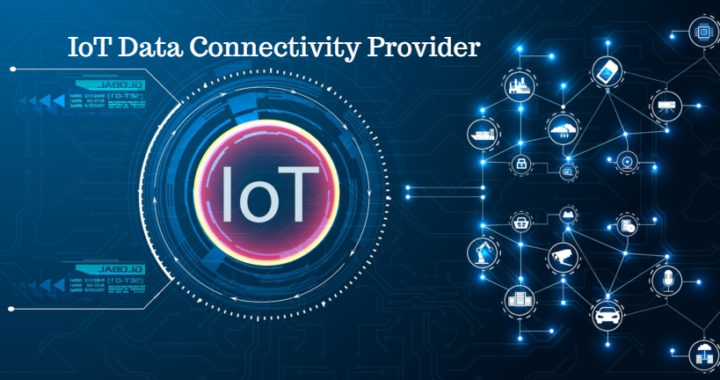IoT, or Internet of Things, describes a network of connected devices. If you have ever adjusted your thermostat using your smartphone, recorded a workout on your smartwatch that registered steps in your phone, or connected your fridge to your at-home WiFi network, you have led on an IoT network. IoT networks are increasingly used by businesses with remote workforces so that they can connect the company’s devices regardless of how far apart their users are.
IoT connectivity providers facilitate the set-up of IoT networks, and they can be the difference between a system that runs smoothly and one that is rife with error.
Here are ten things to consider while choosing an IoT data connectivity provider:
1. Scalability: How many devices do you plan to add to your IoT? Similarly, how many IoTs are you planning to support? Do you expect either of those numbers to grow? If you do, then scalability in your data connectivity provider is supremely important. Make sure that whoever you choose is capable of growing their service.
2. Speed: Do you need your IoT to work quickly or is time not as crucial? For example, the connection between a smartphone and a fitness tracker on a smartwatch should happen very quickly, but the connection between an application and a smart fridge does not necessarily have to happen in real time.
3. Bandwidth: Your IoT provider has to be able to support whatever you are trying to do. If your IoT is going to feature a lot of photo sharing (for example), you are going to need sufficient bandwidth to handle that type of connection quickly and smoothly. Make sure that the IoT providers you are considering are the right fit for you bandwidth-wise or you are setting yourself up for a lot of frustration.
4. Pricing: Pricing can be influenced by how many IoT services you need. So first, determine what is nice-to-have vs. must-have, and be ready to negotiate pricing based on what is vital and what is not.
5. Recovery: Infrastructure outage is inevitable. Instead of looking for an IoT provider who can guarantee connection for eternity, inquire as to the frequency of outages and what recovery looks like.
6. Security: Do you need end-to-end encryption? Two-factor authentication? SSL encryption? Determine what you need before you speak to an IoT provider about what they can offer. Taking security measures post IoT installation can be expensive and time-consuming. It is better to handle all of your security concerns up front.
7. Customized dashboards: From the right dashboard, you will be able to control several IoT connected devices at once. Before choosing a provider, figure out whether this is possible or not via their network.
8. Installation process: Installation requirements vary across businesses and IoT providers. It is important to get a roadmap of what you are in for before committing to a specific provider. A rough installation can sour anyone to a network or service.
9. Ongoing support: What do you do if something happens to your IoT? You need to ask that question before choosing a provider. If/when things disconnect or break, you need to know the best way to handle it.
10. The provider’s reputation and track record of success: The best way to determine whether a provider or service is good or not is to talk to their customers. Save yourself from jumping on a sinking ship and do your research into how well an IoT provider has served clients in the past.
Read more: Inspire Innovation with Next-Gen IoT Data Connectivity

